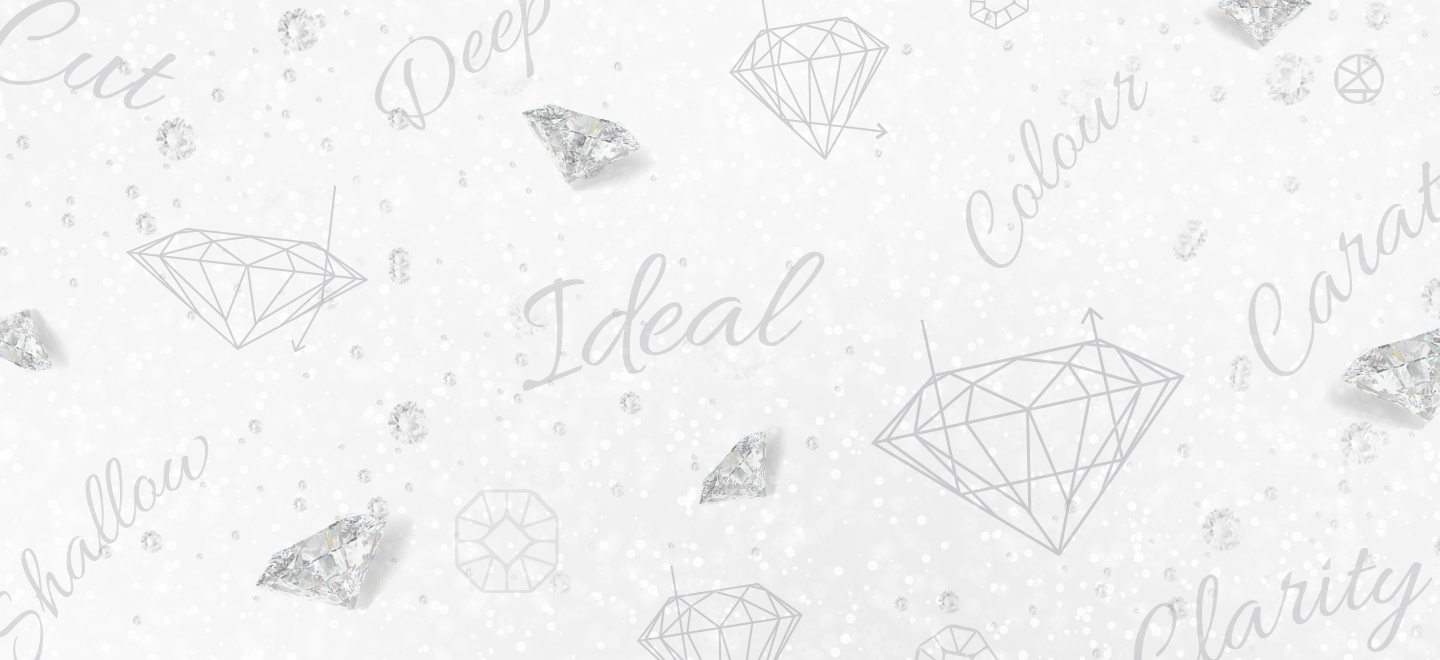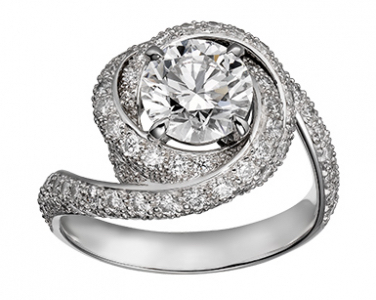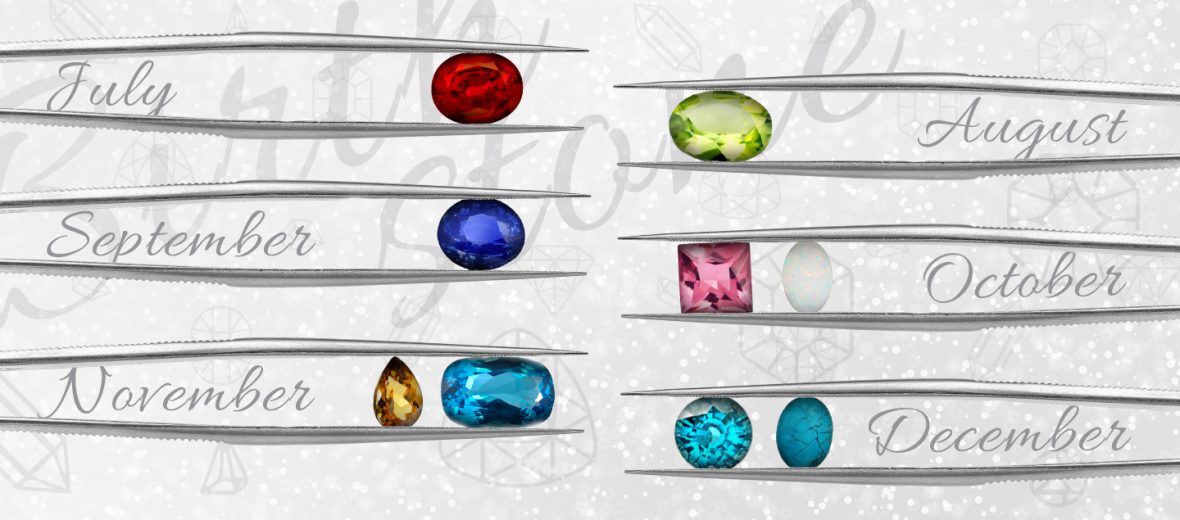That engagement ring you come bearing on bended knee to your beloved, is as important as the time and place you pick to propose to her. Here’s how to choose the right gem for your future spouse.
Buying the right proposal ring need not be as difficult or complicated as some say, if you do your homework and plan ahead. A proposal or engagement ring is an important big-ticket item, so your purchase should be a well thought out one.
The right proposal ring need not be the biggest and brightest, but it should be the best that your hard-earned money can buy, as well as make your future wife very happy. It should be a ring she’ll proudly wear every day of her life.
Big call? Indeed.
Finding that perfect piece takes time, effort, research, talking to the right experts, and it definitely mandates that you know what your wife-to-be likes. Women cannot be pigeon-holed, which makes true love’s ways hard to discern.
The same woman can have very extreme tastes, like 20-something entrepreneur Melissa Lim, who says that,
“while I would love a ruby or emerald stone in an oval or princess shape, set on a simple gold band with a vintage look, I also wouldn’t mind Cartier’s diamond-encrusted Trinity Ruban ring.”
On the other hand, Creative Director and partner in a production house, Heng Sihui, 28, is not a fan of sparkly diamonds.
“I prefer something edgy, like a black diamond in an emerald shape. It should be welded in a silver frame, set on a band and accompanied by two small stones, one on each side for perfect balance.”
Diamonds & the 4Cs
The world and purveyors of diamonds would like to think that you can’t go wrong with a good diamond. If your girl is traditional and loves classic jewellery, a solitaire on white or yellow gold should hit the sweet spot. There are also women who love diamonds, but don’t fancy a conventional solitaire.

Whether one stone or several smaller ones in a fancy setting, knowing the 4Cs and their importance is imperative.
The 4Cs refer to Colour, Clarity, Cut and Carat.
Colour
The phrase white diamonds can be misleading, since white diamonds are, in fact, graded for colour, from D to Z, according to the GIA (the Gemological Institute of America, a non-profit gemological research and education association set up in 1931).
A diamond in D colour is virtually colourless, while one in Z has a light colour.
The scale is simple:
- D, E, F are colourless
- G, H, I are near colourless
- K, L, M have faint colour
- N to R have very light colour
- S to Z have light colour
Suffice to say, the more colourless the stone, the more expensive it would be.
If your budget does not allow you to pick a D, E, or F colour stone, you can opt for a stone in the colour range G-J that looks as colourless (to the untrained eye), when set in white gold or platinum. In fact, a D-F colour stone can look more tinted than it actually is when set on yellow or rose gold. And the differences between D, E and F colours are also minute. It is common for even gemologists to find it hard to tell the difference, if the stones are not placed side by side.
A simple tip: White gold or platinum settings will preserve the colourless feature of stones in D, E, F. Setting these in yellow gold might compromise the colourlessness, whereas setting a less than colourless stone on yellow gold might make its whiteness stand out and its ‘colour’ less apparent.
Clarity
This measures the level of inclusions, imperfections or birthmarks in a diamond. These natural blemishes can affect the brilliance of a stone.
The gradings are as such:
- FL or flawless, where there are no visible inclusions even under 10 times magnification by a skilled grader;
- IF or internally flawless, where blemishes are only visible under 10 times magnification by a skilled grader;
- VVS1 and VVS2, which mean very very slightly included (in the pavilion and the crown of the stone respectively);
- VS1 (very slightly included but not visible to the naked eye) and VS2 (very slightly included and visible to the naked eye on close inspection);
- SI1 and SI2 (slightly included and visible to the naked eye on close inspection); and
- I1-3 (included, often the case of the poorest grade of diamonds).
Explains Way Tay, gemologist and jewellery designer for Chinoiserie Blu Singapore, “If your diamond or diamonds are small in size (carat), then you are not going to see the subtle difference in terms of clarity grading. Even up to a carat. For example, a 1ct G-colour diamond with VS1 inclusion grading looks to the lay-person comparable to a 1ct diamond of E-colour with VVS2 inclusion grading. The difference is in the price, with the latter stone costing 20% more (about USD1,600).
Cut
While colour is important, the cut of the diamond determines how brilliant, fiery and scintillating a diamond is.
The cut of a diamond is not its shape, but its proportion, symmetry and polish. Here’s where the skill of the cutter really comes in.
A too-shallow cut diamond allows light – which enters at a low angle – to escape from the bottom after it enters the pavilion of the stone.
A too-deep cut diamond allows light to enter and reflect to the centre of the stone, but at a low angle, which means the light escapes through the bottom of the diamond.
On a well-cut diamond, light strikes each facet at the right angle, allowing it to escape at the crown, creating the look of fiery brilliance. The right proportions determine a well-cut diamond.

An Excellent cut reflects the maximum amount of light that enters and offers maximum fire and brilliance; a Very Good cut reflects most of the light that enters and offers a good measure of fire and brilliance – under normal lighting conditions, it looks to reflect as much light as a diamond of Excellent cut.
A Good cut reflects majority of the light and is value for money, while a Fair cut allows much of the light to escape from the bottom and the sides of the diamond, but on a diamond of less than 1 ct, this is much less obvious.

As the term suggests, a Poor cut diamond allows most of the light entering to escape from its side and the bottom, and looks visibly dull even to the untrained naked eye.
A simple mathematical proportion for a cut of diamond that offers maximum reflection is as such: its table, or topmost part of the stone, should measure 53%-58% of the girdle (which is the widest part of the stone), and its depth should measure 59%-62.5% of the girdle. Aside from generic dimensions, popular in the diamond retail market are also the Lazare, Hearts and Fire, and Brilliant Rose cuts, which are also considered superior.
Carat
Does size matter? It depends on taste and preference.
Bigger does not always mean better.
But if you know your potential wife-to-be has her heart set on a certain carat of diamond, then this C (for carat) could well be the most important factor.
Explains Way Tay of Chinoiserie Blu, “The price of diamonds jumps significantly from half a carat. Generally, when it comes to stones of decent cut, colour and clarity, the bigger the diamond, the more expensive. Reason being, bigger diamonds are harder to come by. For investment’s sake, the bigger the diamond, the better too, as there is not much resale value in small diamonds.”
If she likes it big, you’ll have to pay the price – know that diamond prices go up at an increasing rate when the carat size goes up. This is because diamonds of 1 carat (ct) are rare – about only one in one million mined rough stones are large enough to produce a finished 1 ct diamond.
Tip: if your girl desires a 1 ct diamond, getting one just shy of it, say a .95ct could give you much better value for money. Same for a stone that’s just shy of half a carat. A .48ct diamond of good cut, colour and clarity helps you tick nearly all the boxes.
Shape of My Heart
The 10 most popular shapes of diamonds are round, princess, oval, marquise, pear, cushion, emerald, asscher, radiant and heart.

Most women have a shape they prefer and each shape has its positive sides. About 75% of diamonds are round and this shape maximises brilliance. Princess shape is versatile for fashioning into different settings. Oval and cushion shapes offer as much brilliance as round and have an old-world charm. Pear and marquis shapes give the illusion of size, and they do stand out. Emerald, asscher and radiant shapes are modern and tend to appeal to women who appreciate architecture and design, and who embrace fashion minimalism. The heart is arguably the most romantic shape. This modified brilliant shape is ideal for bigger stones of at least 1 ct.
Says Way Tay, “Most diamonds are round brilliant. Fancy shapes like heart, marquise or pear shapes are harder to come by. Thus, they will also cost more.”
Diamond Certification
Whether you’re buying loose stones for customised settings or buying a ring off the case, it’s always prudent to buy stones with internationally-recognised certification, as that ensures the stones have been graded by a qualified gemologist at reputable third-party laboratories such as Gemological Institute of America (GIA), American Gemological Society (AGS), European Gemological Laboratory (EGL), or Diamond High Council (HRD), to name a few. Each certificate is uniquely numbered and pertains to a particular stone. A GIA dossier or report will give you, the purchaser, added guarantee and confidence that what you’ve paid for, as described by the jeweller- retailer, is truly what it is.
Says Way Tay, “Diamond prices became largely regulated when de Beers monopolised the industry once upon a time and created a successful 20th century marketing campaign with the tagline, A Diamond is Forever. And so the diamond became the gemstone of choice for engagement and wedding rings. You can compare prices in www.bluenile.com or www.stuller.com, two of the world’s largest fine jewellery wholesalers (mentioned by info.rapnet.com). Here’s also where you can find their list of authorised retailers. Always buy from a trusted, reputable source because you want the assurance that your purchase is genuine.”
Fancy That
If your fiancée doesn’t like white diamonds, you still have the choice of coloured diamonds or gems.
Coloured diamonds – in pink, red, yellow, blue, green, black – are graded for colour intensity and saturation, not for brilliance and fire. Deep, distinct shades are rated higher than weak, pale ones. Not so different from colourless diamonds, coloured diamonds are graded on hue and tone (colour grade), colour origin (whether natural or treated), carat weight and clarity (the absence or presence of inclusions or blemishes).
A meaningful choice could also be a proposal ring set with her birthstone: garnet (January), amethyst (February), aquamarine and bloodstone (March), diamond (April), emerald (May), pearl, alexandrite and moonstone (June), ruby (July), peridot and spinel (August), sapphire (September), opal and tourmaline (October), topaz and citrine (November), zircon and turquoise (December). Some of these are semi-precious, therefore more affordable.
Like coloured diamonds, coloured stones such as sapphire, ruby and emerald are graded and priced based on tone, hue, and strength of colour, clarity, cut and carat. Colour grades are described as Vibrant, Fiery, Deep, Unique, Warm, Gemmy and Lively.
According to Renee Freya Yun, a gemologist, jewellery designer and material experimentalist, “As bespoke customisation is the current trend for engagement and wedding rings, many millennial women are looking for not only alternative gemstones, but also precious metal and exotic materials in place of diamonds and gold. That said, I think it’s important that a man takes into consideration what his fiancée likes in terms of jewellery, accessories and apparel. As a designer, I would conceptualise a design based on their personal love story.”
Pop culture has also influenced current tastes, which veers towards “’the look of modern-vintage-royal, as inspired by British royal wedding(s). Designs such as Kate Middleton’s royal blue sapphire ring, which has been trending for years, Meghan Markle’s aquamarine and Trilogy rings, as well as Princess Eugenie’s and Lady Gaga’s pink sapphire rings are used as muses these days.”
As such, coloured stones including unique ones such as Padparachsia sapphire, Tanzanites, Paraiba tourmaline, tsavorite garnet, spinel, morganite and type A jadeite are becoming trendy choices.
Surprise Her or Shop Together?
Advice from potential recipients is that if you’re going to surprise her, you’d better be spot-on. Otherwise, say the pros, buy a ring off the case that you can exchange for something of the same or higher value, should she not entirely love it, because customised rings are usually not exchangeable or returnable.
But if you know what she truly loves and you find it within your budget, definitely go for it. That said, shopping for an engagement ring together can also be as memorable as springing that once-in-a-lifetime sparkling surprise on her.
Image credits: Curatedition, all rights reserved.
This post is presented by TwentyxThirty by DBS. For more on how to navigate the important milestones of your 20s and 30s, visit TwentyxThirty by DBS.
Related links:




